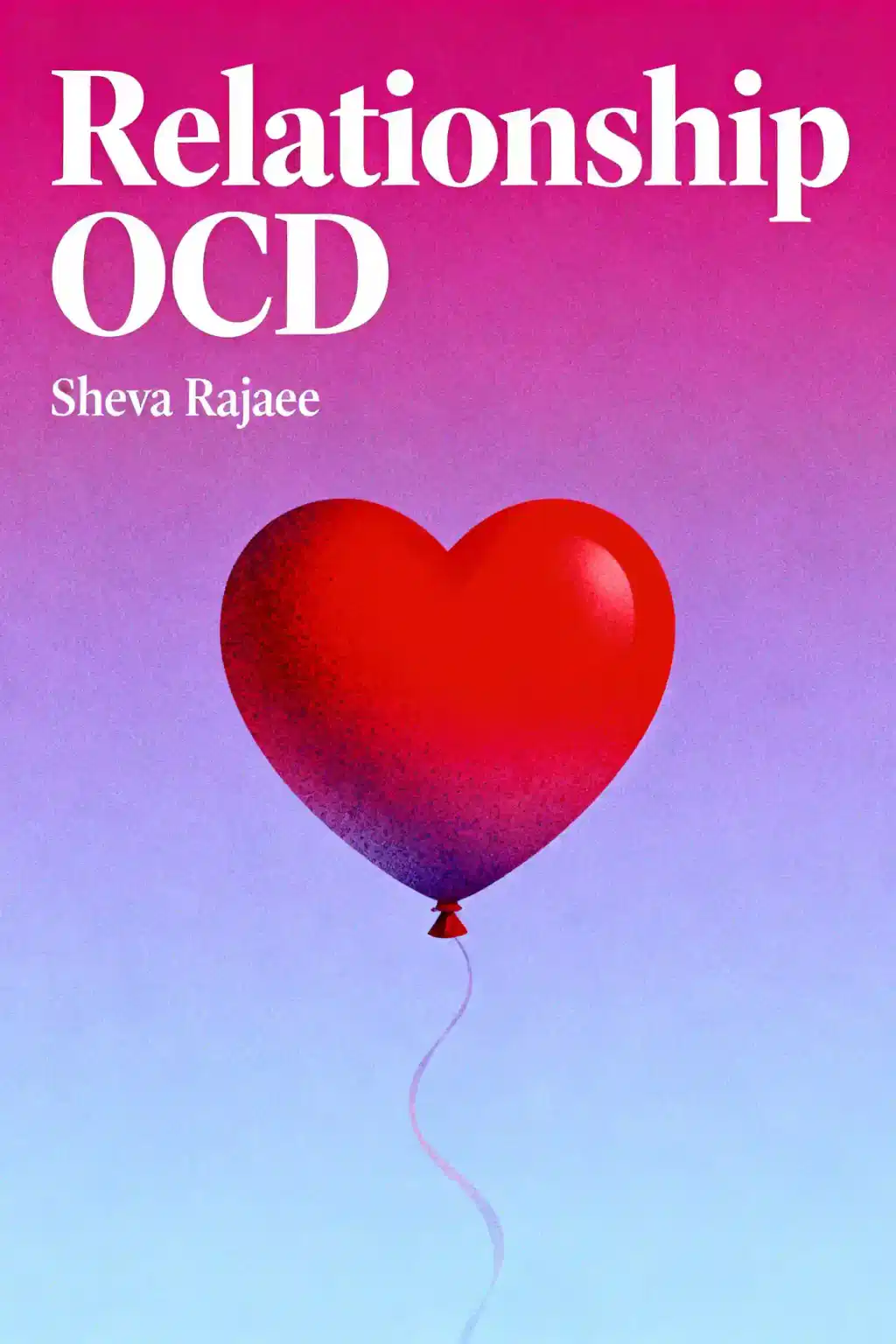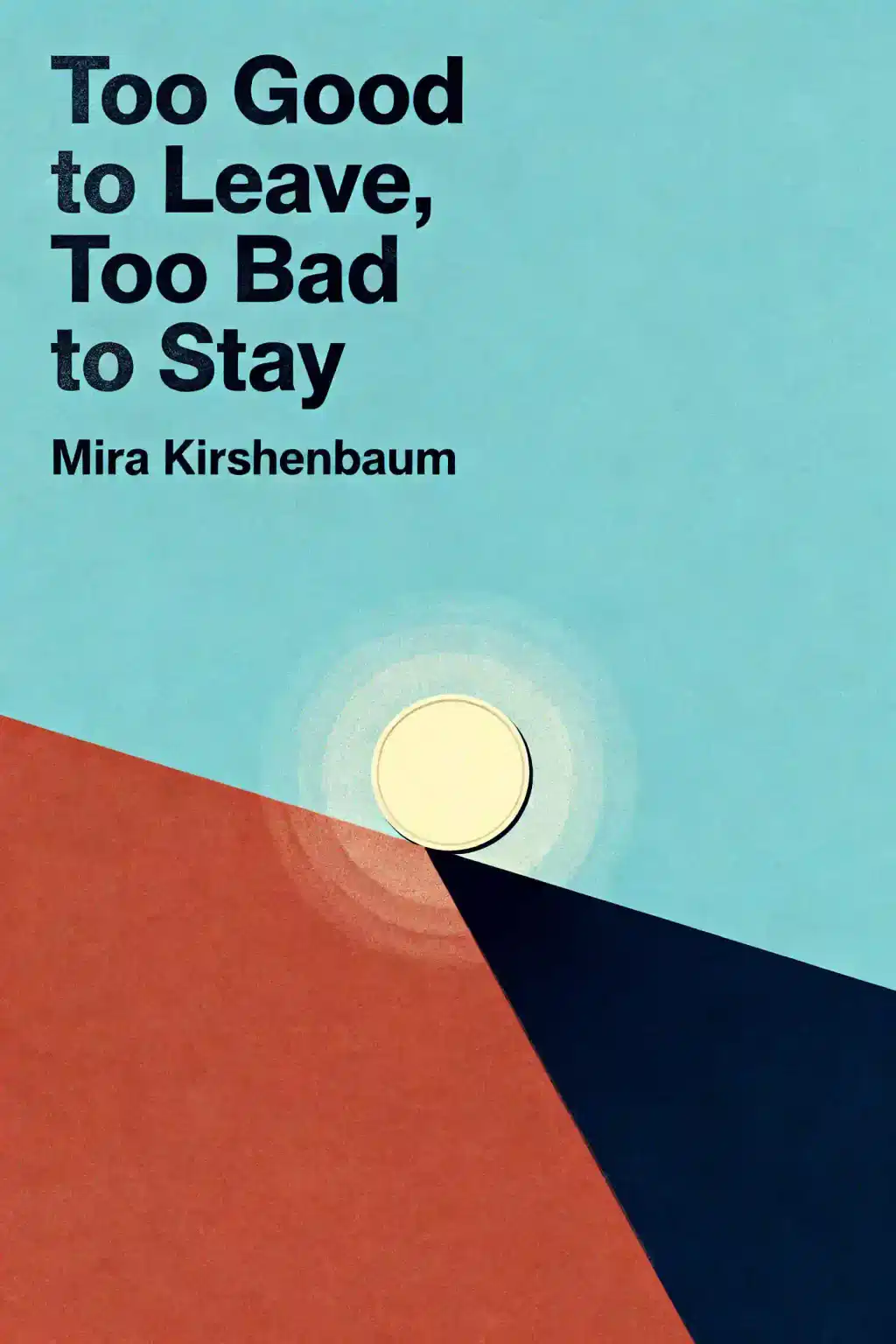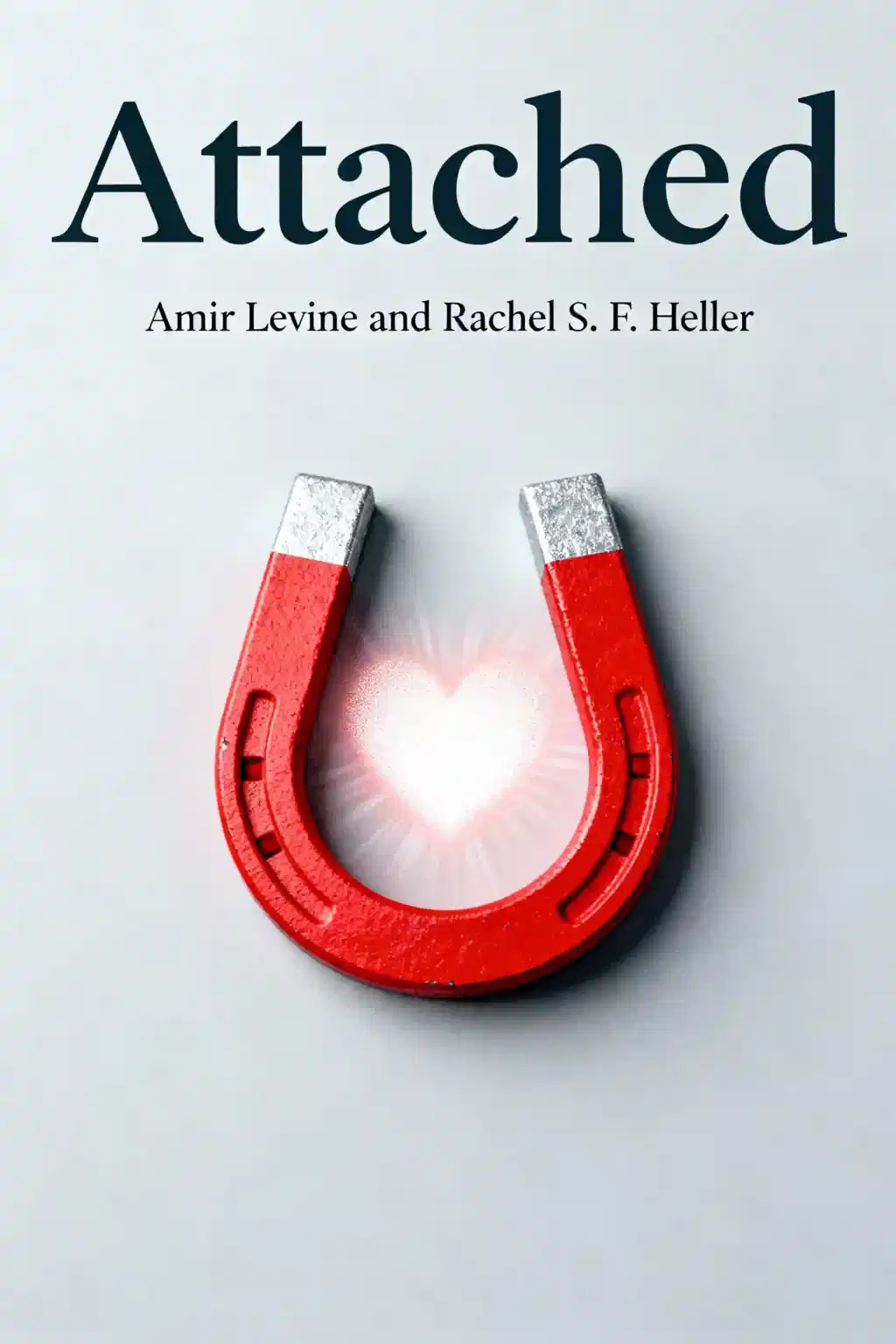What is
Relationship OCD by Sheva Rajaee about?
Relationship OCD by Sheva Rajaee is an evidence-based guide using cognitive behavioral therapy (CBT), acceptance and commitment therapy (ACT), and exposure therapy to help readers manage relationship anxiety, obsessive doubt, and fear of commitment. It provides practical exercises to challenge perfectionism, accept uncertainty, and reframe the “Myth of the One” belief that fuels unrealistic partnership standards.
Who should read
Relationship OCD?
This book is ideal for individuals struggling with relationship anxiety or obsessive-compulsive disorder (ROCD), partners supporting someone with ROCD, and mental health professionals seeking actionable strategies. Rajaee’s blend of clinical expertise and personal OCD experience makes it accessible for both sufferers and therapists.
Is
Relationship OCD worth reading?
Yes—readers praise its actionable tools, compassionate tone, and integration of multiple therapeutic frameworks. Reviewers highlight its effectiveness in reducing shame, providing relatable examples, and offering long-term strategies for managing intrusive thoughts.
What are the main concepts in
Relationship OCD?
Key ideas include:
- The Myth of the One (MOTO): Debunking the belief in a “perfect” soulmate.
- Lighthouse Effect: How the brain fixates on relationship uncertainties as threats.
- Fence Management: Accepting that ROCD recovery requires daily practice, not a permanent “fix”.
How does
Relationship OCD approach treatment?
Rajaee combines CBT to reframe negative thoughts, ACT to build tolerance for uncertainty, and exposure therapy to reduce compulsive behaviors like reassurance-seeking. She emphasizes values-driven action over eliminating doubt entirely.
What is the “Myth of the One” in the book?
This concept critiques societal and personal beliefs that a flawless partner exists. Rajaee argues MOTO fuels ROCD by creating unrealistic benchmarks, and she guides readers to replace it with a narrative embracing imperfection.
Does Sheva Rajaee share personal experiences in the book?
Yes—Rajaee openly discusses her own ROCD journey, including struggles with perfectionism and anxiety. Her dual perspective as a therapist and patient adds authenticity and depth to the guidance.
What therapeutic techniques are recommended in
Relationship OCD?
The book teaches:
- ERP (Exposure and Response Prevention): Facing fears without compulsions.
- Cognitive Defusion: Distancing from obsessive thoughts using ACT principles.
- Values Clarification: Aligning actions with personal priorities rather than anxiety.
How does
Relationship OCD address fear of commitment?
Rajaee reframes commitment as a choice to embrace uncertainty, not a guarantee of future happiness. Exercises help readers differentiate intuition from OCD-driven doubt and take incremental steps toward vulnerability.
What do experts say about
Relationship OCD?
Russ Harris, author of The Happiness Trap, calls it a “well-written, extremely practical step-by-step guide,” while Yale’s Eli Lebowitz praises its blend of neuroscience, psychology, and empathy.
How does the book help with relationship anxiety?
It provides tools to identify anxiety triggers, challenge catastrophic thinking, and engage in value-based decisions. Case studies illustrate how to apply techniques to real-life scenarios like dating or long-term partnerships.
Are there critiques of
Relationship OCD?
Some reviewers note the exercises require consistent effort and may feel overwhelming during acute anxiety. However, most emphasize its realism in framing ROCD as manageable rather than “curable”.














